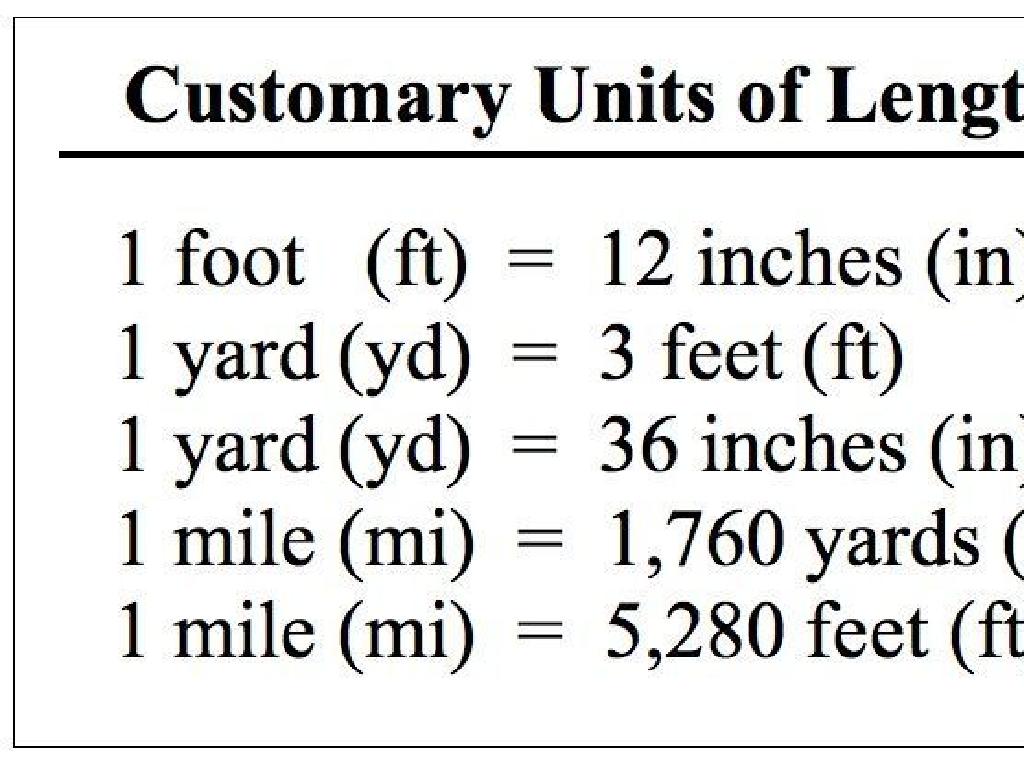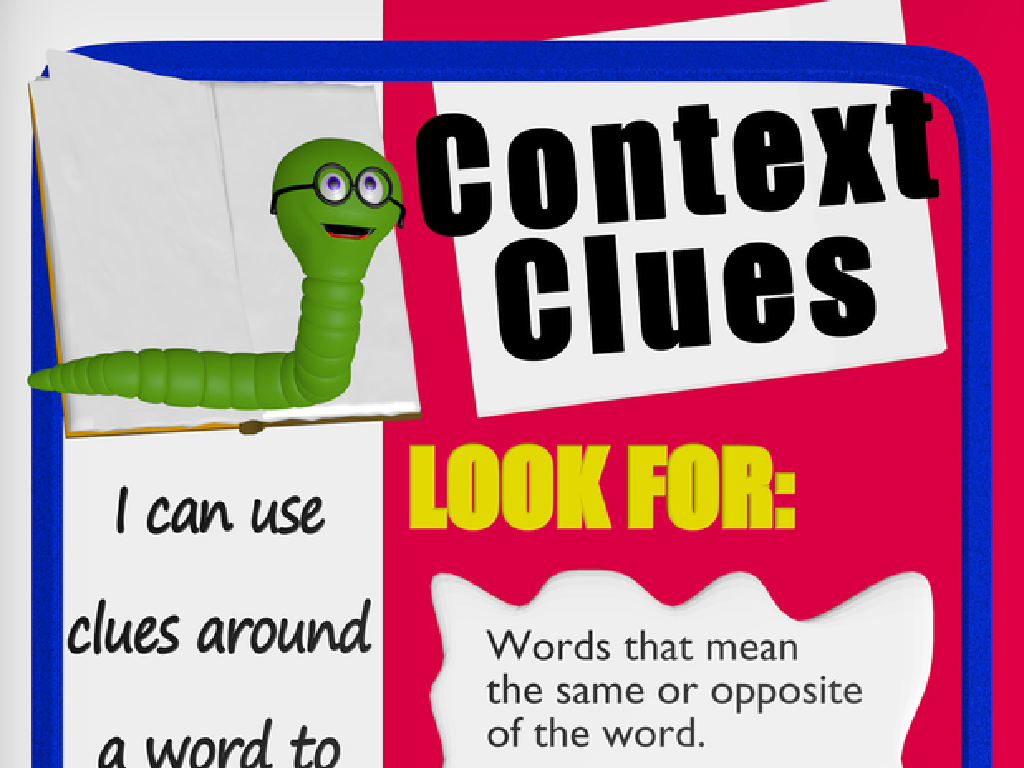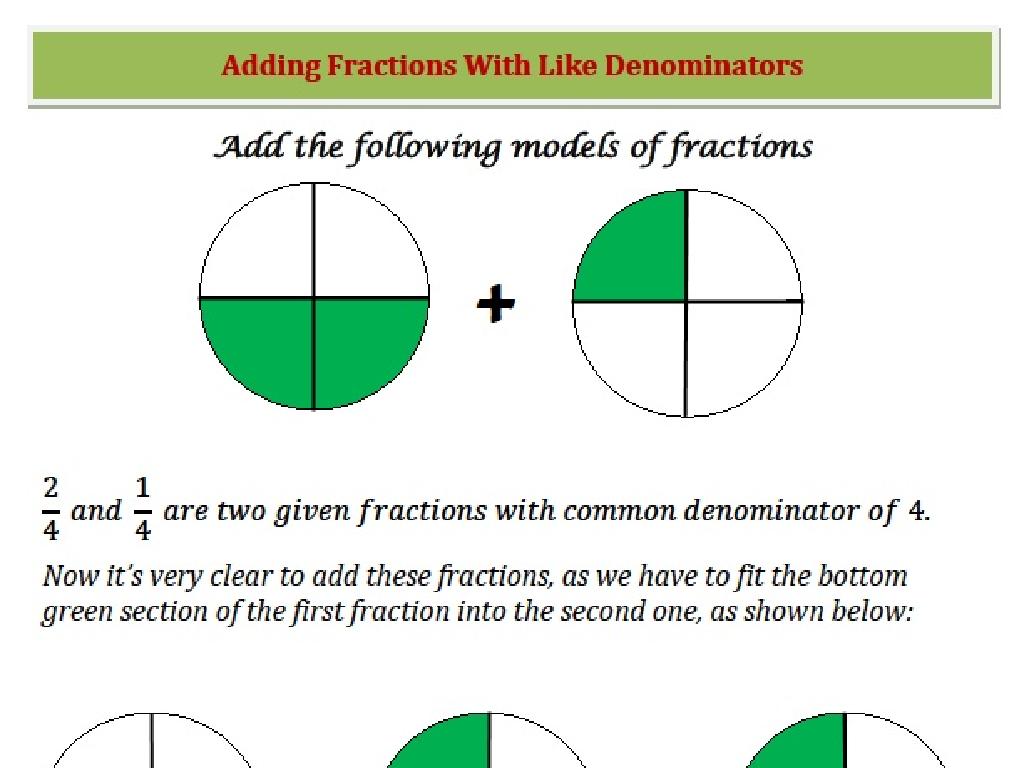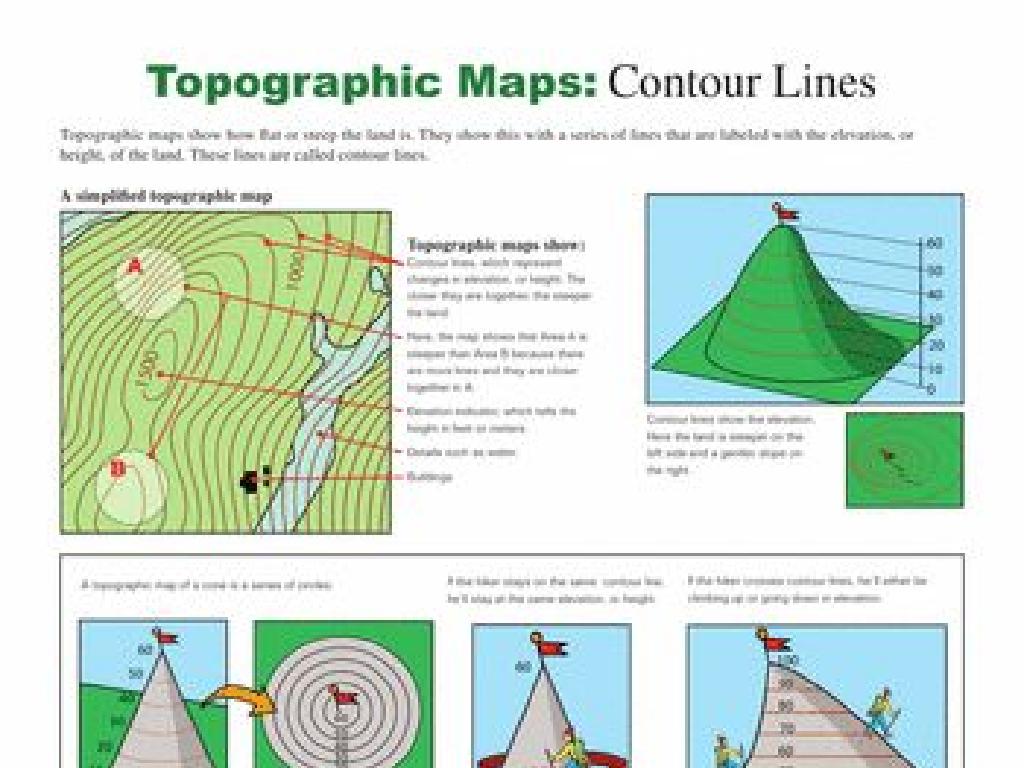Explore Chemical Structure And Properties: Food Flavors
Subject: Science
Grade: Eighth grade
Topic: Chemical Reactions
Please LOG IN to download the presentation. Access is available to registered users only.
View More Content
Welcome to the World of Flavors!
– Everyday chemical reactions
– Linking structure to flavor
– Chemical structures in food determine the taste and aroma we experience.
– Chemical origins of taste
– Reactions form compounds that activate taste buds.
– Objective: Unveil flavor chemistry
|
This slide introduces students to the fascinating intersection of chemistry and gastronomy. Begin by discussing how chemical reactions are not just confined to the lab but are part of our daily experiences, especially in cooking and eating. Explain that the molecular structure of substances in food directly affects how we perceive flavors. For example, the sweetness we taste in sugar is due to its specific chemical structure. Highlight that various chemical reactions contribute to creating complex flavors by forming new compounds that our taste buds can detect. The objective of this lesson is to help students understand and appreciate the chemical processes that make our food taste the way it does. Encourage them to think about their favorite foods and what chemical reactions might be responsible for those flavors.
Exploring Chemical Reactions: Food Flavors
– Define a chemical reaction
– A process where substances change into new substances with different properties.
– Daily life reaction examples
– Baking bread, vinegar + baking soda, photosynthesis in plants.
– Understand chemical equations
– Symbols representing substances in reactions: reactants products.
– Reactants vs. Products
– Reactants are substances at the start, products are formed at the end.
|
Introduce the concept of chemical reactions by defining them as processes that result in the transformation of one set of chemical substances to another. Provide relatable examples such as baking bread, where yeast reacts to produce CO2, or the classic vinegar and baking soda volcano. Explain how chemical equations are used to represent these reactions, with reactants on the left side of the arrow and products on the right. Emphasize the importance of balancing these equations to reflect the conservation of mass. Encourage students to think of reactions they encounter in cooking or in nature, like photosynthesis, to connect the concept to their daily lives.
Chemical Structures in Food: Taste & Flavor
– Molecules’ role in taste
– Taste perception is linked to the shape and charge of molecules.
– Chemical bonds’ impact on flavor
– Stronger bonds can mean more intense flavors.
– Explaining taste categories
– Five basic tastes are detected by our taste buds.
– Sweet, sour, salty, bitter, umami
– Each taste is associated with specific compounds.
|
This slide introduces the concept that the chemical structure of molecules in food directly affects how we perceive taste and flavor. Students should understand that the shape and charge of molecules can influence how they interact with our taste receptors. Chemical bonds within these molecules can alter the intensity of the flavor we experience. The five basic taste categories sweet, sour, salty, bitter, and umami are each linked to specific chemical compounds, such as sugars for sweet and acids for sour. Encourage students to think about the flavors they experience in their favorite foods and what chemical structures might be responsible for those tastes.
The Science of Flavor
– Taste bud flavor perception
– Taste buds on our tongue detect five basic tastes: sweet, sour, salty, bitter, and umami.
– Smell’s role in taste
– Smell enhances taste by allowing us to detect aromatic compounds.
– Texture & temperature effects
– The feel of food and its warmth or coolness can alter the flavor experience.
– Exploring flavor through chemistry
|
This slide introduces students to the complex world of flavor from a scientific perspective. Begin by explaining how taste buds work and their role in detecting basic tastes. Emphasize that while taste buds can identify basic flavors, the sense of smell greatly enhances the perception of flavor by detecting a wider range of chemical compounds. Discuss how the texture of food, such as crunchiness or creaminess, and its temperature, like the chill of ice cream or warmth of soup, can change how we experience flavor. Use examples like how a cold drink might taste less sweet than when it’s warm. Encourage students to think about their favorite foods and how these factors affect their enjoyment. This will set the stage for exploring how chemical structures in food create these sensory experiences.
Artificial vs. Natural Flavors
– Defining Artificial Flavors
– Artificial flavors are man-made chemical compounds
– Sources of Natural Flavors
– Natural flavors come from plant or animal material
– Chemical Similarities
– Both can share similar molecular structures
– Chemical Differences
– Differences lie in origin and complexity of compounds
|
This slide aims to compare and contrast artificial and natural flavors, focusing on their definitions, sources, and chemical properties. Artificial flavors are created in labs and designed to mimic natural tastes. Natural flavors are derived directly from plants or animals. Despite their different origins, they can have similar molecular structures, meaning they can taste quite similar. However, natural flavors often have more complex mixtures of compounds, contributing to subtle taste differences. Discuss the implications of these similarities and differences in food science and health. Encourage students to think critically about the flavors in their foods and the science behind them.
Experiment: Identifying Flavors Through Taste Test
– Conduct a blind taste test activity
– Predict flavors from chemical structures
– Relate molecular composition to taste
– Record your observations
– Note texture, aroma, and flavor nuances
– Discuss the findings in class
– Share insights on flavor perception
|
In this class activity, students will engage in a blind taste test to explore the relationship between chemical structure and food flavors. Provide a variety of flavored substances and have students predict the flavors based on their chemical structures before tasting. Ensure that safety protocols are followed, considering allergies. After tasting, students should record their observations, noting any texture, aroma, and flavor nuances. Conclude with a class discussion to share findings and insights on how chemical structures influence flavor perception. This activity will help students understand the practical applications of chemical properties in everyday life.
Chemical Reactions in Cooking
– Heat’s role in flavor: Maillard Reaction
– A reaction between amino acids and sugars when cooking, creating complex flavors.
– Caramelization: Sweetness through heat
– The process where sugar breaks down and browns, giving a sweet and rich taste.
– Baking: A delicious chemical reaction
– Combining ingredients causes reactions for fluffy cakes and bread.
– Acids and Bases: Flavor balancers
– They can tenderize meats and add tanginess or neutralize bitterness in dishes.
|
This slide explores the fascinating chemical reactions that occur during cooking and baking, which are essential for creating delicious flavors. The Maillard Reaction, which occurs when proteins and sugars in food are heated, is responsible for the browning and complex flavor profiles in grilled and roasted foods. Caramelization is another reaction that occurs when sugar is heated, resulting in a sweet and rich flavor. Baking is essentially a series of chemical reactions that result in the rising of dough and the setting of batters. Lastly, understanding the role of acids and bases in cooking can help students grasp how these substances can alter the texture and taste of food, enhancing flavors and creating more balanced dishes. Encourage students to think of examples from their own cooking experiences and to experiment with these reactions in safe and supervised settings.
Class Activity: Flavor Creation
– Mix and match safe chemicals
– Observe concentration effects
– Higher concentration generally means a stronger flavor
– Share and describe flavors
– Discuss flavor profile concepts
– A flavor profile includes sweetness, sourness, bitterness, saltiness, and umami
|
In this engaging class activity, students will create new flavors by mixing safe chemicals. They will learn how the concentration of ingredients affects the intensity of flavors. Students should use provided materials to mix chemicals in different concentrations and then taste the results. Afterward, they will share their creations with the class and describe the flavor profiles they’ve developed. Teachers should prepare a variety of safe, food-grade chemicals and dilution equipment. Possible activities include creating a citrus flavor by mixing citric acid and water, or a sweet flavor using sugar solutions of varying concentrations. Ensure students understand the importance of safety and hygiene in this activity. Discuss with students how the chemical structure of compounds can affect taste and how this knowledge is applied in the food industry.
Flavors & Chemistry: Conclusion
– Recap: Food Flavor Chemistry
– Culinary Science & Reactions
– Chemical reactions develop complex flavors during cooking.
– Explore Flavors in Daily Foods
– Try identifying flavors in meals you eat; what ingredients might be reacting?
– Significance of Chemistry in Cooking
|
As we conclude our exploration of chemical structures and properties in food flavors, we revisit the key concepts learned about how chemistry plays a vital role in the development of flavors. Understanding the chemical reactions that occur during cooking can enhance students’ appreciation for the culinary arts and encourage them to experiment with flavors in their own cooking. Encourage students to think about the meals they eat daily and consider the chemical reactions that might be contributing to the flavors they experience. This reflection will help solidify their understanding of the subject and inspire curiosity about the science behind food.
Homework: Unraveling Food Flavors
– Research a favorite food’s flavor
– Identify flavor chemicals
– Find specific chemicals that give your food its unique taste
– Essay on chemical reactions in cooking
– Discuss how heating, mixing ingredients cause chemical changes
– Prepare: Chemistry of food preservation
– Learn how chemical processes keep food safe and tasty over time
|
This homework assignment is designed to deepen students’ understanding of the chemical structures and properties that contribute to the flavors in food. Students should select a food they enjoy and research the specific chemicals that create its flavor profile. Additionally, they are to write a short essay on how chemical reactions play a crucial role in food preparation, such as how heat can cause Maillard reactions for flavor development. Lastly, students should prepare for the upcoming class on food preservation by understanding the chemistry involved in processes like canning, drying, and pickling. This will help them appreciate the science behind keeping food safe and extending its shelf life. Provide resources for research and remind students to cite their sources.





